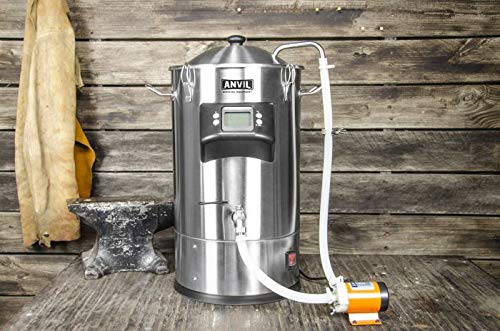Usually oscillating motion is considered harsher than continuous rotation, as it stops an oil wedge forming.1000,
I am sure you have already considered this, but regarding the load on the bearing for the conn rod small end, the total motion of the small end bearing is only about 0.2 revs per one crank rev, with that movement being a rocking motion. This theoretically drops the PV value of that sleeve bearing significantly. That could explain the small end bearings performing better than expected.
Lloyd
In a 4 stroke that might not apply because the load on the pin switches direction going from exhaust to intake. My understanding is that this allows the oil to get in under the pin and form a 'cushion' that has a similar effect. On a two stroke like yours however, the load on the pin is always 'down' so it is definitely a concern. The drawings I've seen for 2T diesel pin bushes always include oil grooves for this reason.













![DreamPlan Home Design and Landscaping Software Free for Windows [PC Download]](https://m.media-amazon.com/images/I/51kvZH2dVLL._SL500_.jpg)






































![MeshMagic 3D Free 3D Modeling Software [Download]](https://m.media-amazon.com/images/I/B1U+p8ewjGS._SL500_.png)







